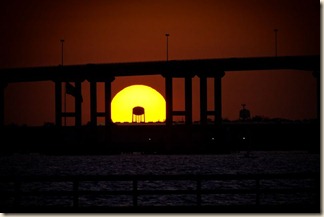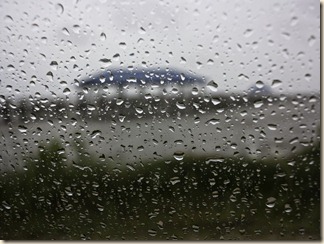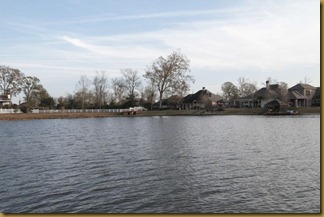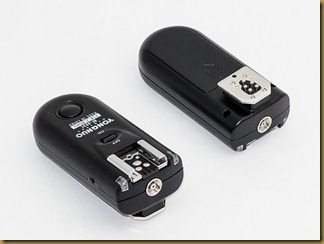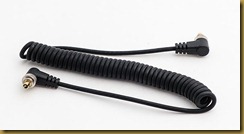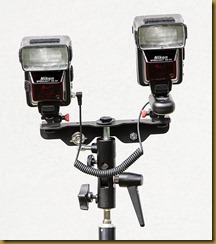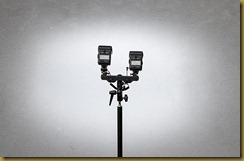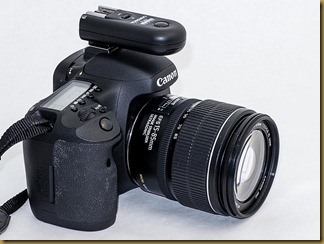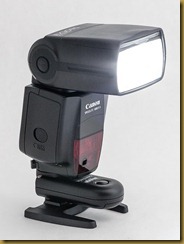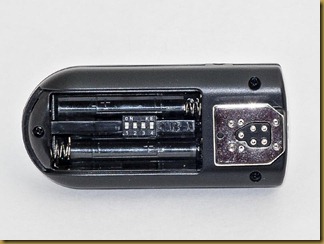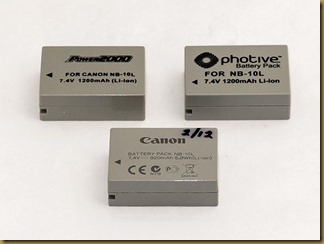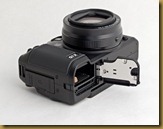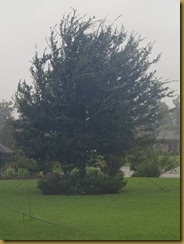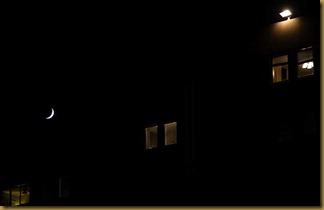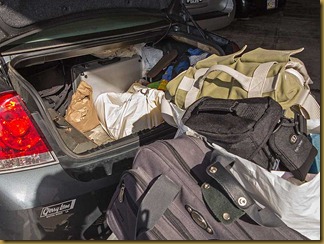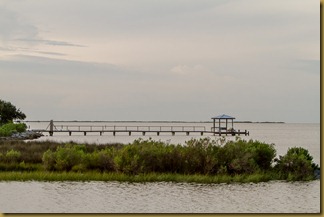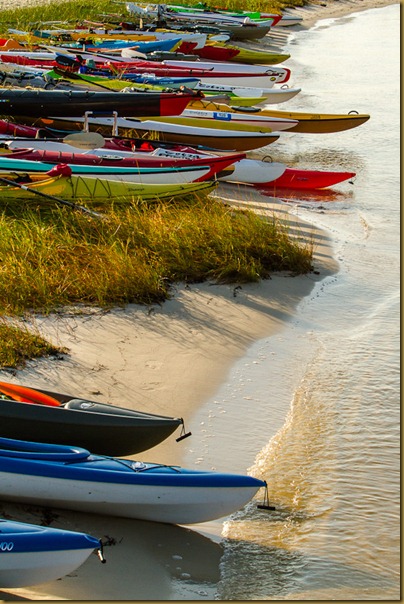After posting a list of my “Top Ten” novels in this, essentially, photo blog, I gave thought to my favorite books on photography and came up lacking. The problem is not that I don’t have books on photography – I have many – but that I’ve not cultivated my reading and collection in the same manner as I’ve done with novels (although some, perhaps many, may disagree with my tastes in fiction).
In photography, I obviously tend towards “how to do” books instead of philosophical, artistic or thematic subjects. OK, that’s just who I am.
Here are books that I’ve liked or otherwise found useful:
“The Time-Life Library of Photography” – especially “The Camera”, “Light and Film” and “The Print” but also for “The Art of Photography” and “The Great Themes”. This 1970’s series is out-of-print (in fact, I bought mine at a used book sale long ago) and it probably would be deemed obsolete by most current day photographers.
Several iterations of “The Leica Manual” by Morgan and Lester from the late ‘30s to the mid 50’s convinced me that photography was impossibly complex.
For learning flash photography, the best “book” has been the website and blog of the “Strobist”, David Hobby. He doesn’t offer a book and his DVDs, while instructive, are not exactly exciting. “Minimalist Lighting” by Kirk Turk is along the same lines as taken by the Strobist. “Mastering Canon EOS Flash Photography” by N.K. Guy was very instructive as was “Speedliter’s Handbook” by Syl Arena. Of course, for lighting, the classic reference is “Light Science and Magic” by Hunter, Biver and Fugua.
I’ve actually read “High Dynamic Range Digital Photography” by Ferrell McCollough twice. Even so, I fiddle with HDR settings more than should be necessary.
“The Empirical Photographer” by Mike Johnston is an interesting, different and more philosophical approach to photography than my usual “how to” approach. Strangely, it is devoid of actual photographs except for the cover.
“The Moment it Clicks” by Joe McNally is an interesting and instructive read as is his “Hot Shoe Diaries”. Joe McNally’s blog is different and interesting – to say the least.
Aside from “how to” books, I liked these:
“The Story of Kodak” by Douglas Collins is a large and well-illustrated history of the company. Published in 1990, this history does not foresee the end of Kodak that is, apparently, rapidly approaching. Just out of college, I worked for the chemicals division of Kodak and began my photographic education in its camera club so the book and demise of Kodak is especially meaningful for me.
“Popular Photography” magazine was another important part of my photographic education. “The Best of Popular Photography” edited by Harvey Fondiller, published in 1979 and covering forty years of that magazine was both nostalgia and new information for me.
“The Tree Where Man was Born” by Peter Matthiessen combined with “The African Experience” (1972) by Eliot Porter was, most likely, the first photojournalism book I bought.
“Henri Cartier-Bresson: The Man, the Image and the World”, by Philippe Arbaizar and others, published by Thames and Hudson.
“Ansel Adams: An Autobiography” was an interesting read and, of course, included many photographs.
Mike Johnston’s “The Online Photographer” is one of my favorite blogs. Mike regularly includes book reviews and recommendations.


